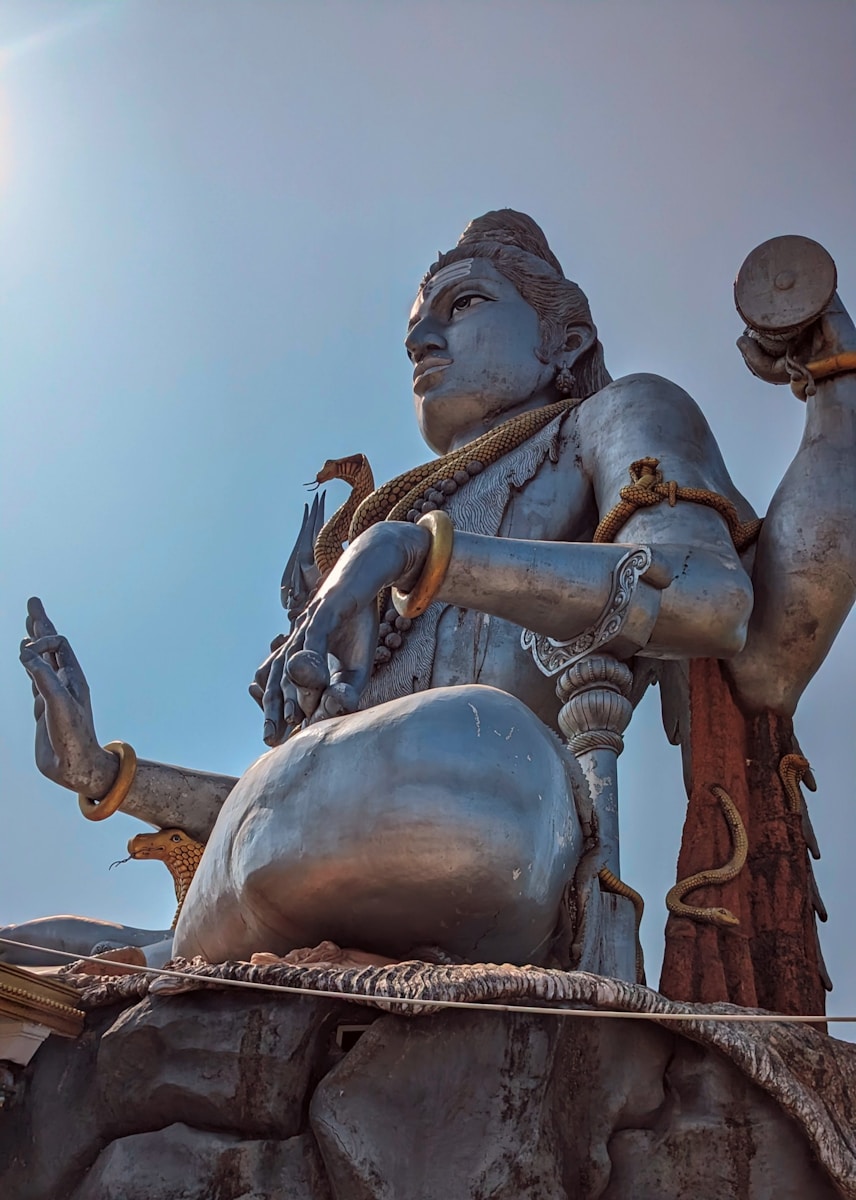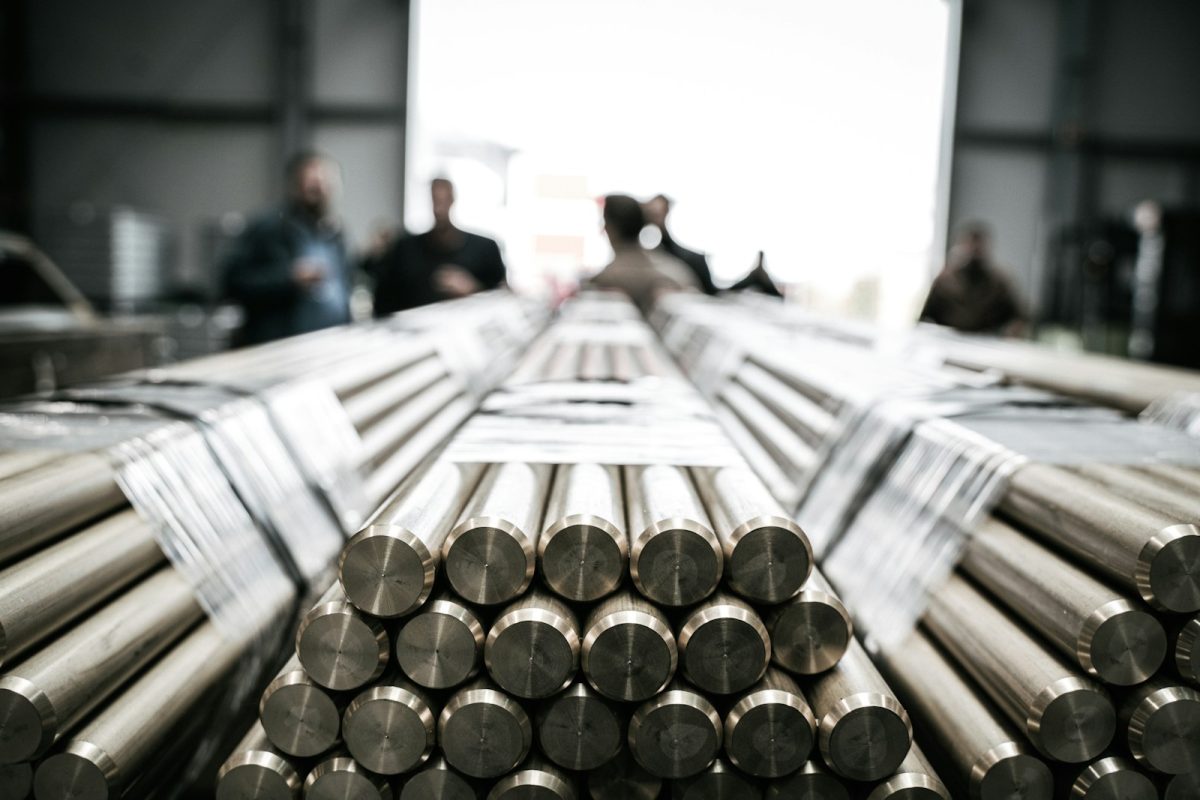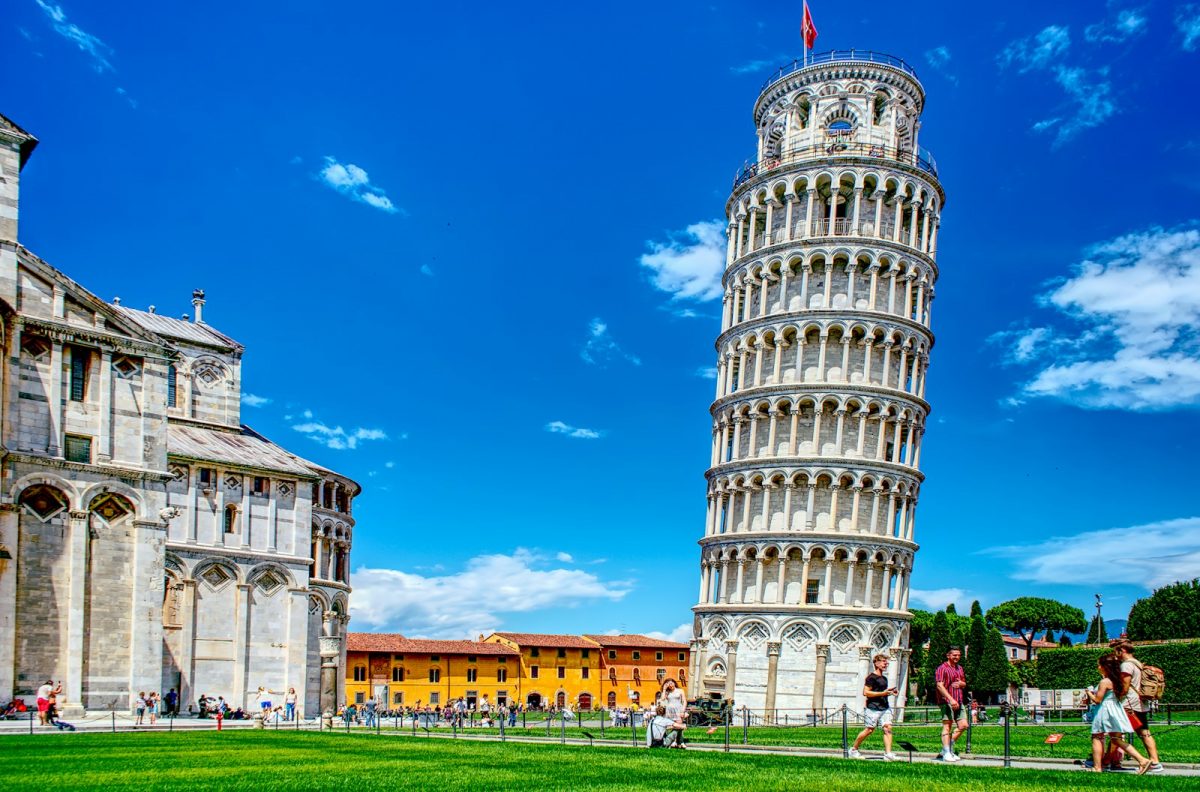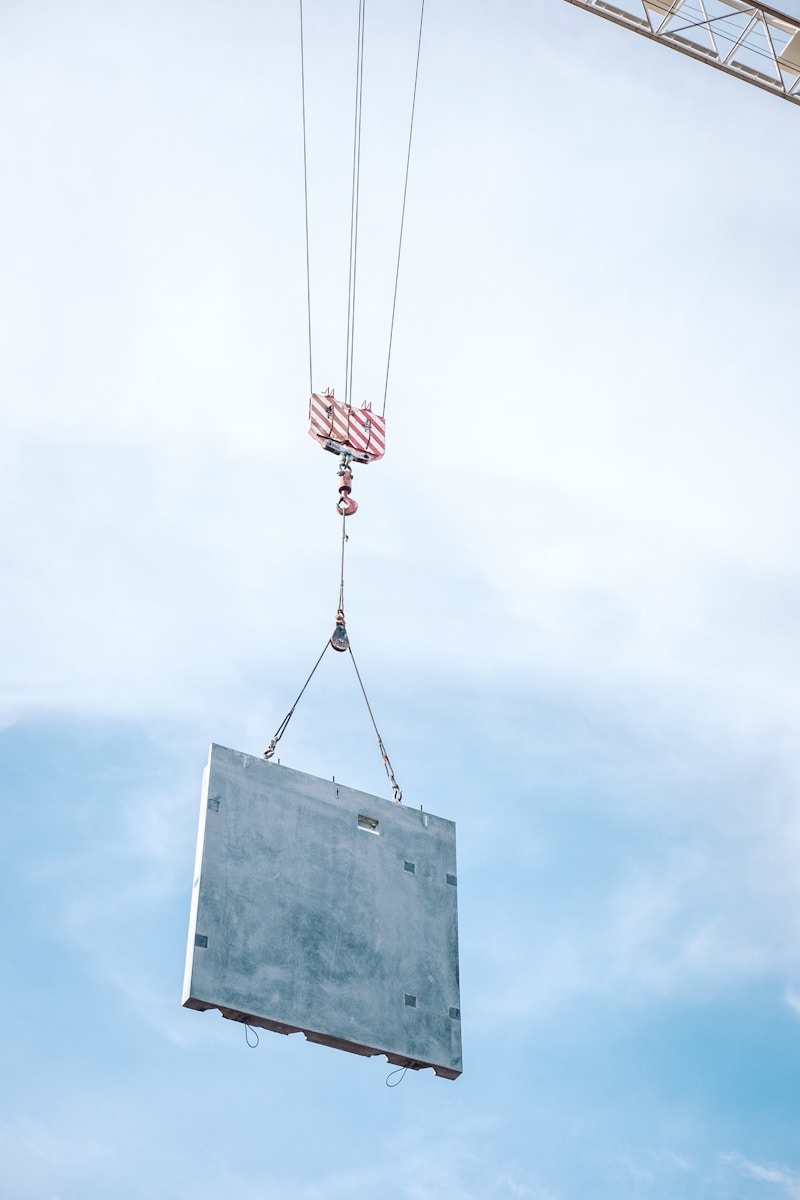The creation of monumental statues is not only an artistic endeavor but also a remarkable feat of engineering. These colossal structures require careful planning, sophisticated techniques, and the integration of various engineering disciplines to ensure their stability, longevity, and aesthetic appeal.
One of the primary considerations in the engineering of monumental statues is the choice of materials. Traditionally, stone such as marble, granite, and limestone has been favored for its durability and aesthetic qualities. For instance, the Statue of Liberty is constructed from copper, which has oxidized over time to form its distinctive green patina. In contrast, modern monuments may use materials such as stainless steel, fiberglass, or reinforced concrete due to their strength, flexibility, and ease of maintenance.
The engineering design involves understanding the unique properties of the chosen materials. For large-scale statues, engineers must consider factors such as weight distribution, stability, and resistance to environmental forces like wind, earthquakes, and temperature fluctuations. Techniques such as cantilevering, using a core support structure, and strategically placing counterweights help ensure the statue remains upright and secure.
For example, the Christ the Redeemer statue in Brazil is reinforced with a steel framework that supports its concrete exterior, allowing it to withstand high winds and seismic activity.
In contemporary engineering, CAD software plays a crucial role in the design process. Engineers and sculptors can create detailed 3D models, simulating the statue’s appearance and structural integrity before any physical work begins. This allows for precision in measurements and an opportunity to visualize how the structure will look from various angles.
To assess the statue’s proportions and structural responses, engineers often construct scale models. These models allow for testing under various environmental conditions, ensuring that the final statue is both aesthetically pleasing and structurally sound.
The statue’s foundation is a critical aspect of its engineering, as it must bear the immense weight of the structure while sinking securely into the earth. Engineers conduct soil tests to determine the best foundation type, which may include deep piers or a solid concrete base. For instance, the foundations of Mount Rushmore were specifically designed to accommodate the weight and prevent erosion, ensuring the longevity of the monumental carvings.
The installation process itself involves sophisticated lifting techniques. Cranes, scaffolding, and specialized rigging systems are often employed to raise massive sections of the statue into place. Each piece is carefully positioned and secured, often requiring a team of skilled engineers and laborers to maintain precise alignment.
Once a monumental statue is completed, ongoing maintenance is essential to preserve its structural integrity and aesthetic quality. Engineers conduct regular assessments to check for signs of wear, corrosion, or damage due to environmental factors. Restoration efforts may involve reinforcing internal structures, cleaning surfaces, and applying protective coatings to extend the statue’s life.
In conclusion, the engineering behind monumental statues is a multifaceted process that combines material science, structural design, and advanced technology. The result is a harmonious blend of art and engineering that not only stands as a testament to human creativity but also endures through time, reflecting cultural identities and histories for generations to come.
Related Articles
https://monumentsofvictoria.com/the-history-of-monument-making-and-its-cultural-significance/
Take Action






